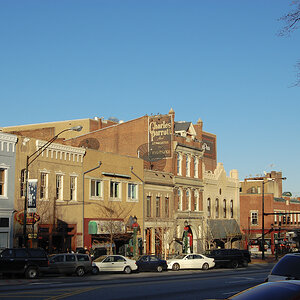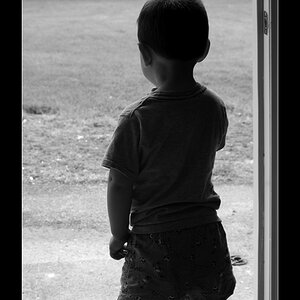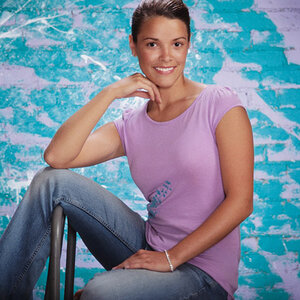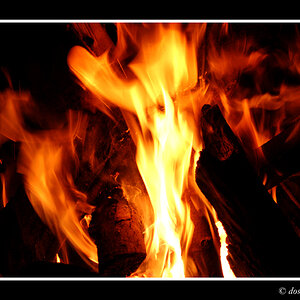gaz87
TPF Noob!
- Joined
- Aug 14, 2013
- Messages
- 18
- Reaction score
- 1
- Location
- Israel
- Can others edit my Photos
- Photos OK to edit
Hi all,
I have a family function / party which I have been asked to photograph. I have only a manual flash however, so was hoping for some tips on how make it work well in a dynamic situation without constantly having to check the photos and tweak the power setting.
I can perhaps try to always keep a constant distance between myself and the object i'm photographing, or maybe that would be too hard.
Advice is welcome
I will be using a Canon 600D with 50mm f1.8 and 18-135mm
I have a family function / party which I have been asked to photograph. I have only a manual flash however, so was hoping for some tips on how make it work well in a dynamic situation without constantly having to check the photos and tweak the power setting.
I can perhaps try to always keep a constant distance between myself and the object i'm photographing, or maybe that would be too hard.
Advice is welcome
I will be using a Canon 600D with 50mm f1.8 and 18-135mm


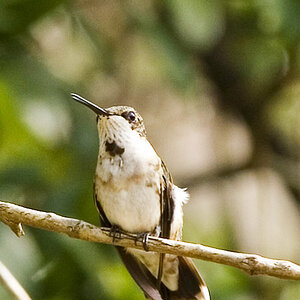
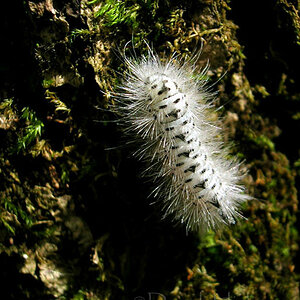
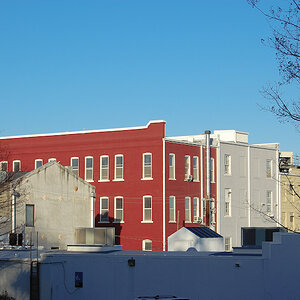
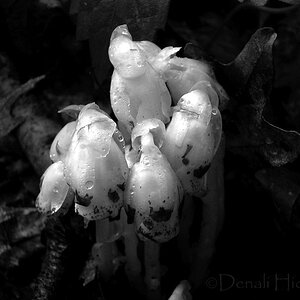
![[No title]](/data/xfmg/thumbnail/36/36674-2a99a33f8b4e9e3d34b08a4ec08fbde8.jpg?1619737676)
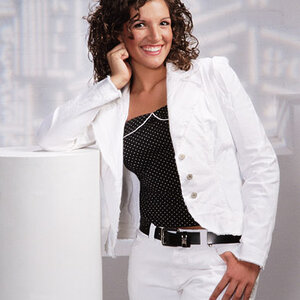
![[No title]](/data/xfmg/thumbnail/37/37605-90c8efaef5b7d1f52d4bf8e7dfd33673.jpg?1619738148)
